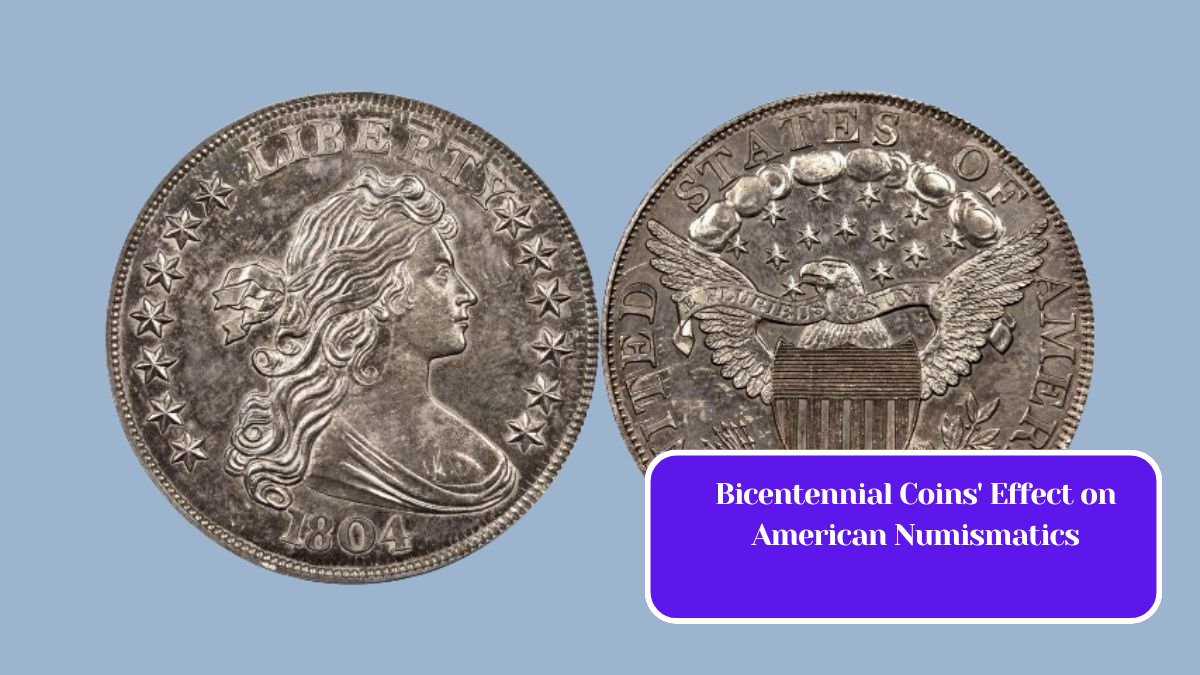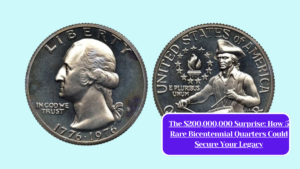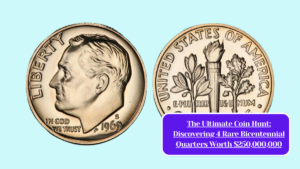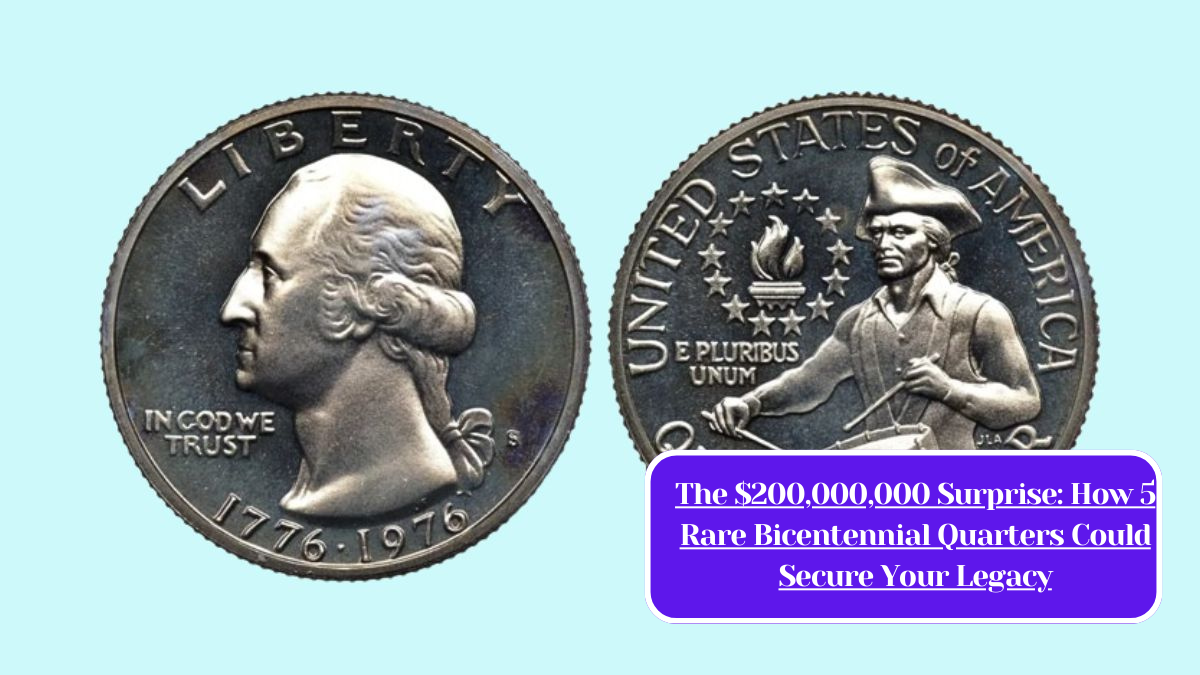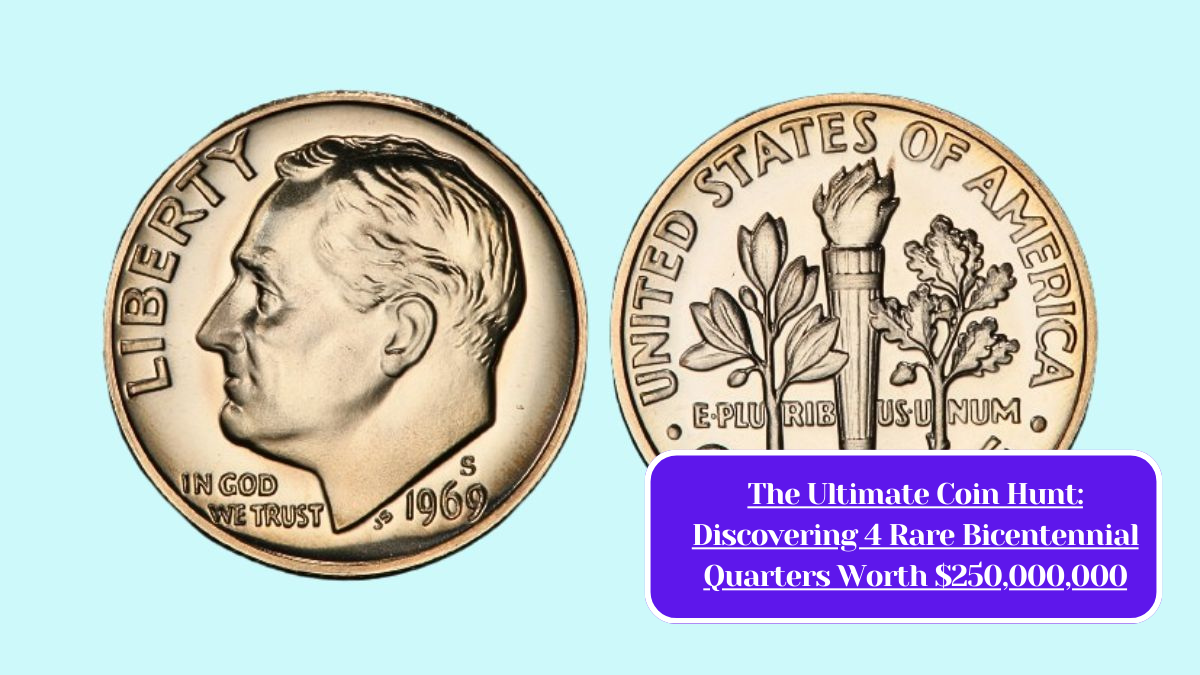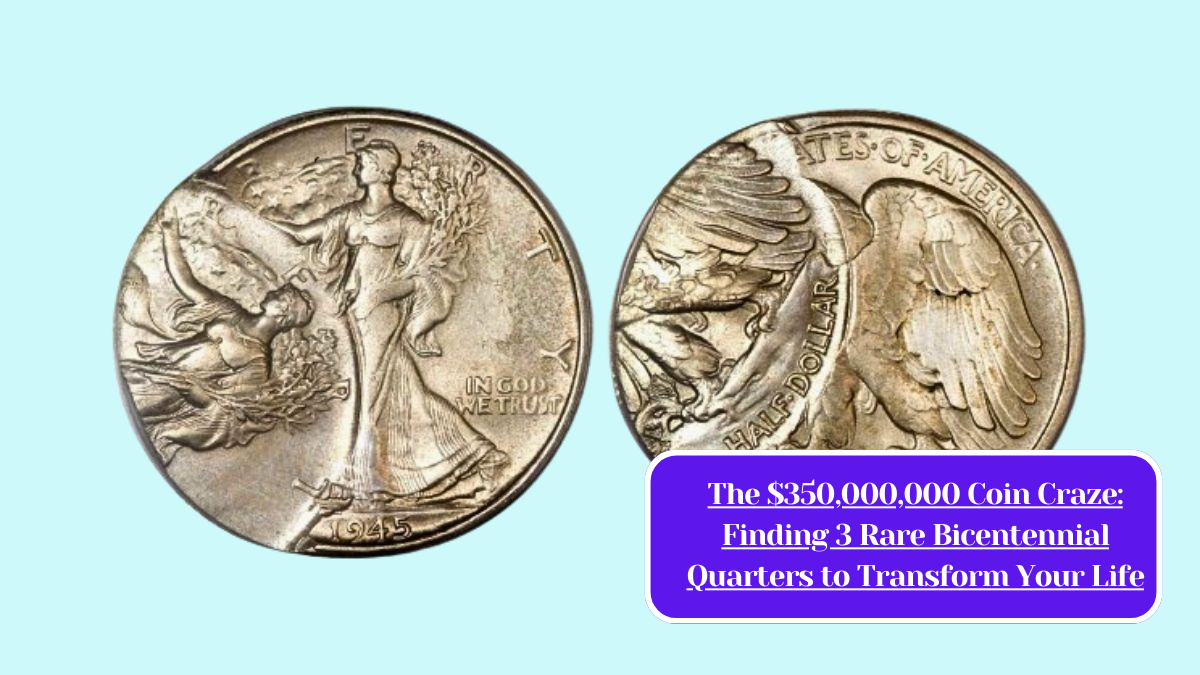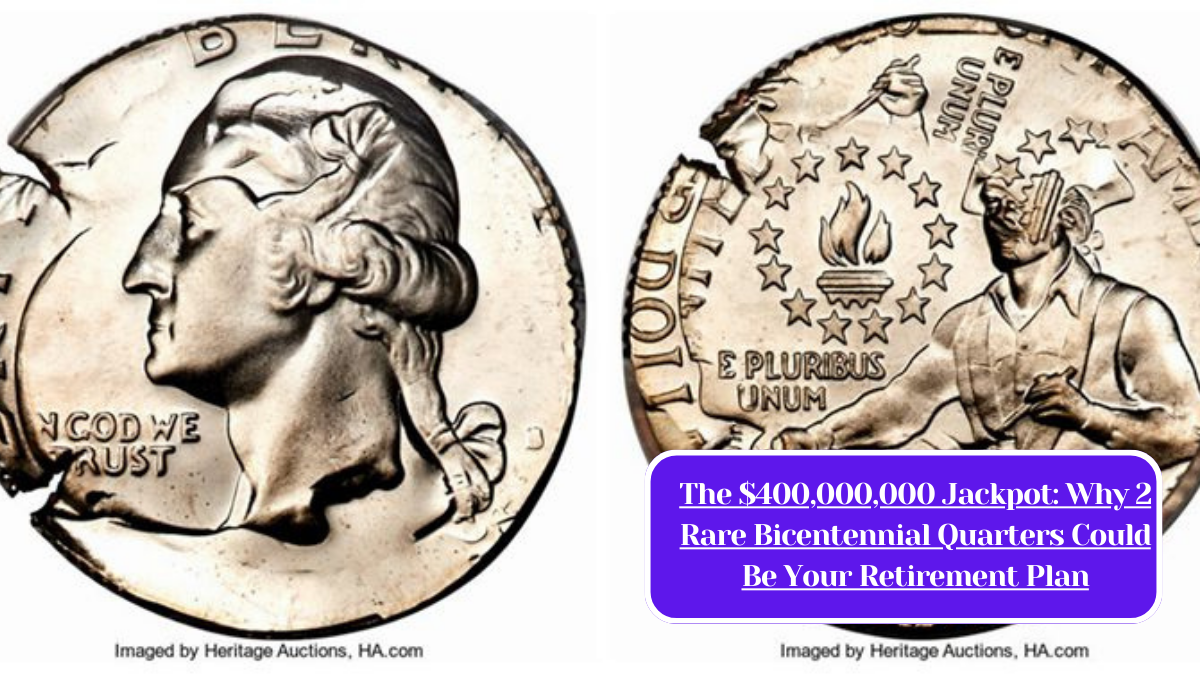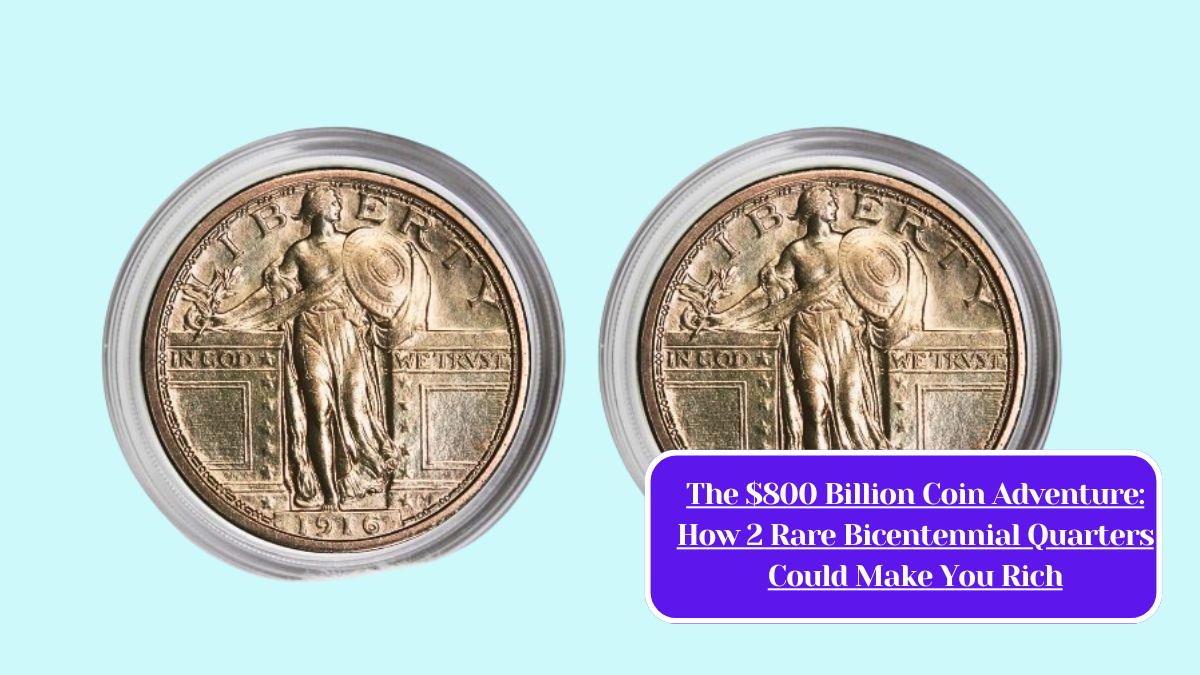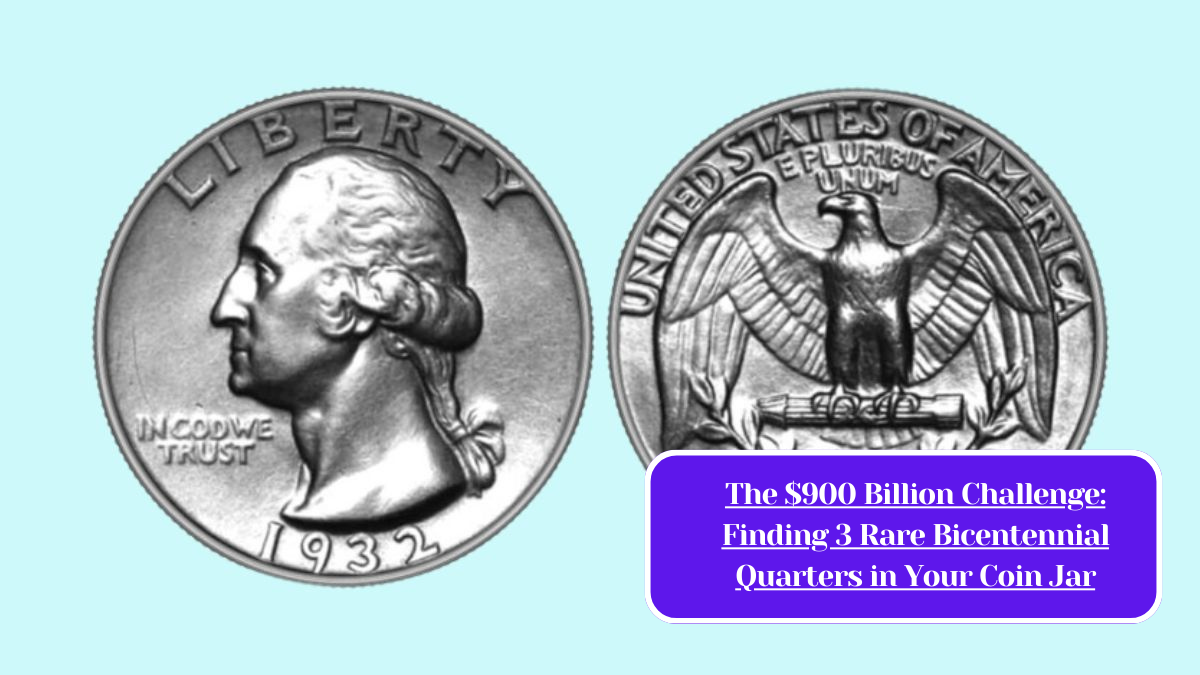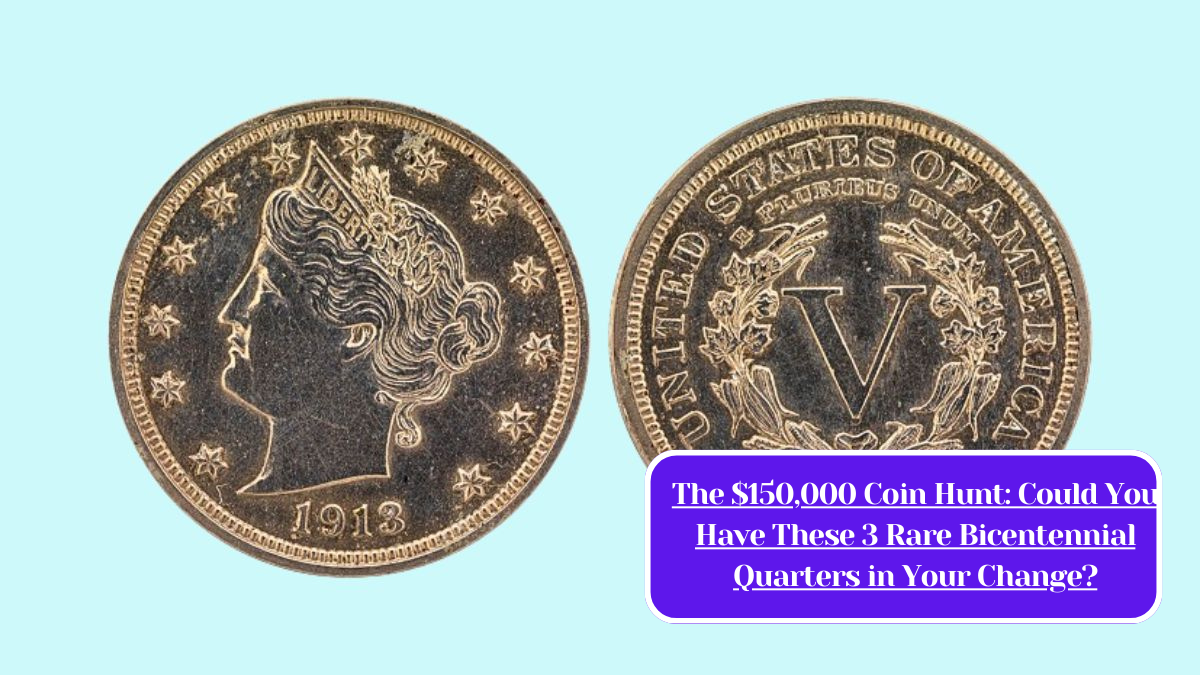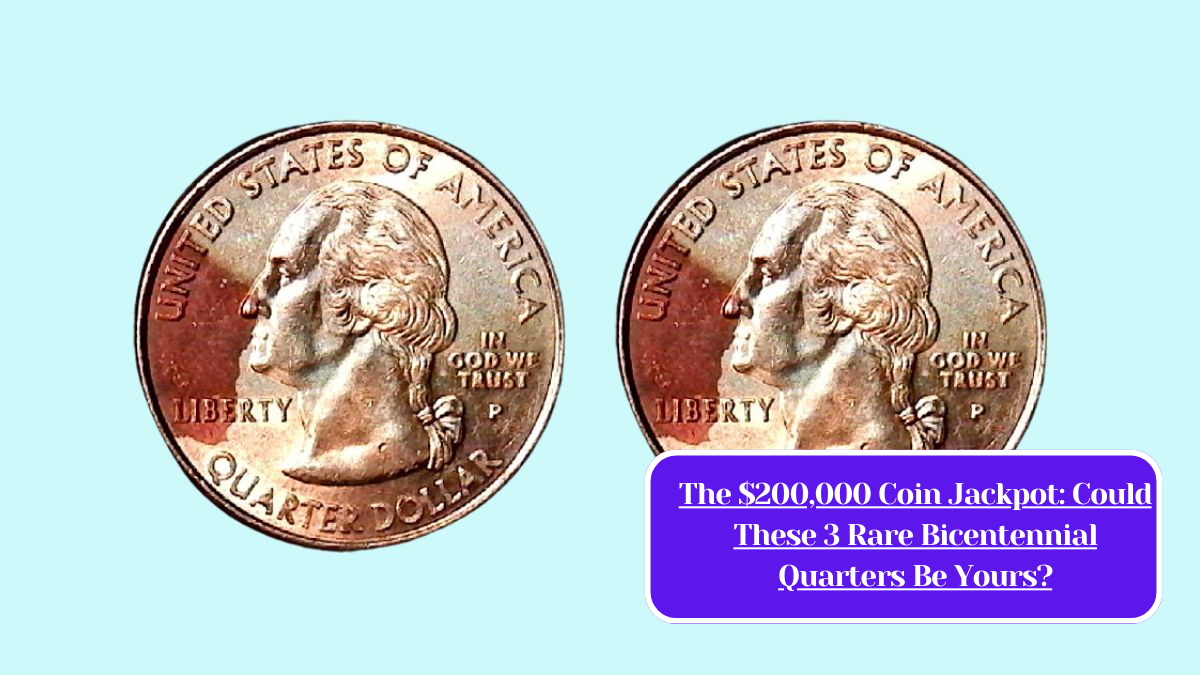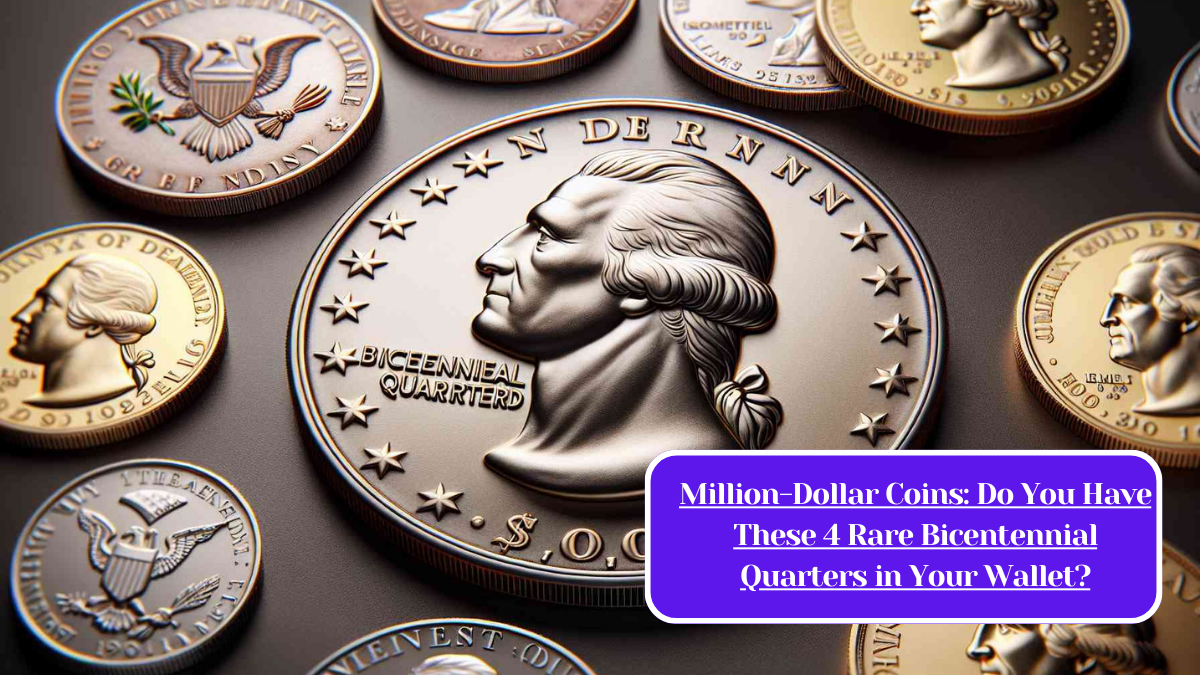In the annals of American numismatics, the Bicentennial Coins of 1975 and 1976 stand out as significant milestones. These coins not only marked the 200th anniversary of the United States but also left a lasting legacy on coin collecting and the broader numismatic landscape. Their introduction and subsequent popularity transformed the way collectors approached both commemorative coins and the hobby itself.
A Historical Context
The Bicentennial celebration was a nationwide event, bringing together Americans to reflect on their history and achievements. To commemorate this momentous occasion, the United States Mint issued special coins featuring redesigned imagery. The 1975 and 1976 quarter, half dollar, and dollar coins were distinct from their predecessors, showcasing iconic symbols of American history and the revolutionary spirit.
Design Features
The most notable aspect of the Bicentennial Coins was their unique designs. The reverse of the quarter depicted a colonial drummer, while the half dollar showcased the Liberty Bell superimposed over the moon, and the dollar coin featured an image of the signing of the Declaration of Independence. These designs were a departure from traditional motifs, reflecting a more dynamic and celebratory spirit.
The Collecting Boom
The Bicentennial Coins sparked a surge in interest among collectors, attracting both seasoned numismatists and newcomers to the hobby. The coins were released in massive quantities, and their availability made them accessible to a wide audience. This democratization of coin collecting was significant; it encouraged individuals and families to engage with the hobby in ways that had not been seen before.
Economic and Market Effects
The Bicentennial Coins also had notable economic implications. Initially, their production was a way to generate excitement and commemorate a significant historical event. However, the sheer volume of coins minted led to a saturation in the market. Collectors quickly realized that many of these coins were not rare and, consequently, their value was often lower than anticipated.
Despite this, the Bicentennial Coins maintained a symbolic value and continued to be cherished by collectors. Their design and historical significance ensured they remained sought after, albeit not always at a premium price. The experience also taught collectors valuable lessons about market dynamics, rarity, and the true essence of numismatics.
Influence on Future Commemorative Coins
The success of the Bicentennial Coins set a precedent for future commemorative issues. The concept of celebrating historical events through coinage gained momentum, and the U.S. Mint began to explore various themes and designs for upcoming releases. This era saw an increase in the number of commemorative coins, catering to a growing collector base eager for unique and meaningful pieces.
Moreover, the Bicentennial Coins paved the way for a renewed interest in the history and artistry of coin design. Collectors began to appreciate the stories behind each coin, leading to a deeper connection to the nation’s heritage. The focus on thematic and historical designs became a hallmark of future mint releases.
Cultural Significance
Beyond their economic and collecting implications, Bicentennial Coins became cultural symbols of American pride and identity. They were often gifted during the Bicentennial celebrations and were used as educational tools in schools to teach children about American history. The coins became part of family legacies, passed down through generations as tangible reminders of the nation’s storied past.
The Bicentennial Coins of 1975 and 1976 had a profound and lasting impact on American numismatics. They not only marked a significant historical moment but also transformed the landscape of coin collecting. By democratizing the hobby, influencing future minting practices, and enhancing cultural appreciation for coinage, these coins left an indelible mark on the world of numismatics. Today, they continue to be celebrated not only as collectibles but as important artifacts of American history, reflecting a spirit of unity and pride that resonates to this day.
